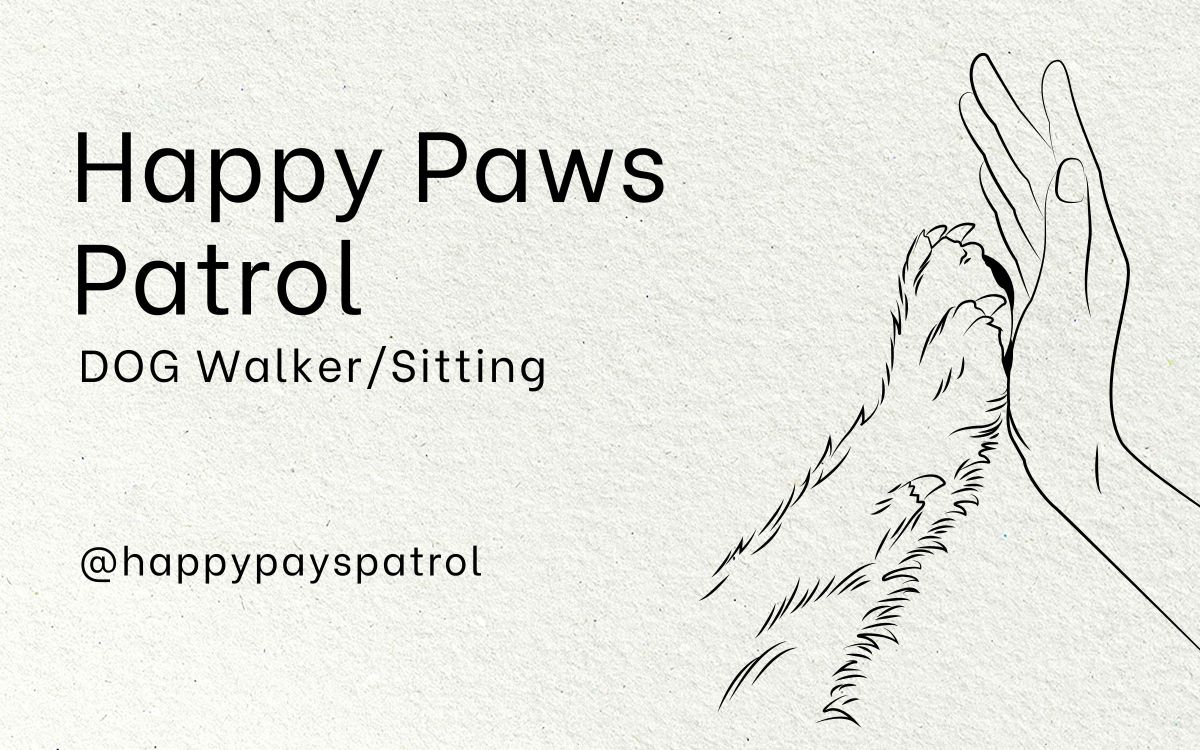How to Start a Pet Sitting & Dog Walking Business

Starting a pet-sitting and dog-walking business can be a rewarding and profitable venture for animal lovers. With a growing demand for pet care services, this business offers flexibility, low startup costs, and the opportunity to work with furry companions daily.
In this guide, we will explore the pros and cons of this business, the equipment needed, strategies to find clients, and tips for handling dogs.
Pros and Cons of a Pet Sitting & Dog Walking Business
Pros:
-
Low Startup Costs – You only need basic equipment and marketing materials.
-
Flexible Schedule – Work part-time or full-time, depending on availability.
-
Growing Industry – Many pet owners seek reliable and trustworthy care services.
-
Exercise and Outdoor Work – Walking dogs keeps you active and engaged.
-
Emotional Benefits – Spending time with pets can be fulfilling and stress-relieving.
-
Easy to Expand – You can grow by adding more services like grooming or training.
Cons:
-
Weather Conditions – Walking dogs in extreme weather can be challenging.
-
Physical Demands – Requires strength and stamina to handle multiple pets.
-
Liability Risks – Accidents or pet injuries could lead to legal or financial issues.
-
Unpredictable Income – Earnings can fluctuate, especially in the beginning.
-
Time-Consuming – Some pets require extended care or special attention.
Equipment Needed to Start
Basic Equipment:
-
Leashes and Harnesses – Adjustable and sturdy options for different dog sizes.
-
Poop Bags and Waste Disposal Kit – Essential for responsible pet care.
-
Treats and Water Bottles – Keeps pets hydrated and rewarded during walks.
-
First Aid Kit for Pets – Includes bandages, antiseptic wipes, and tweezers.
-
Collapsible Bowls – Portable food and water solutions for long outings.
-
Backpack or Waist Pouch – To carry essentials while walking.
Optional but Useful Equipment:
-
GPS Tracker or Smart Collar – Helps track lost pets if needed.
-
Weather-Resistant Clothing – Keeps you comfortable in rain or snow.
-
Dog Stroller or Carrier – Useful for small or injured pets.
-
Business Cards and Flyers – Helps with networking and marketing.
How to Find Clients
1. Word-of-Mouth Referrals
-
Offer services to friends, family, and neighbors.
-
Encourage satisfied clients to refer others.
-
Provide referral discounts or incentives.
2. Online Presence & Social Media
-
Create a website showcasing your services, pricing, and contact information.
-
List your business on Google My Business, Facebook, and Instagram.
-
Join local pet owner groups to engage with potential clients.
3. Partner with Local Businesses
-
Collaborate with veterinarians, pet stores, and groomers.
-
Offer business cards or flyers at pet-friendly locations.
-
Network with apartment managers and community centers.
4. Door-to-Door Marketing
-
Introduce your services to local dog owners.
-
Leave flyers in dog parks and high-traffic pet areas.
-
Offer first-time client discounts to encourage sign-ups.
5. Join Pet Sitting Platforms
-
Register on Rover, Wag!, or Care.com for visibility.
-
Build positive reviews to attract more bookings.
-
Offer flexible scheduling to accommodate different pet owners.
How to Handle Dogs Effectively
1. Build Trust with the Dog
-
Approach calmly and let the dog sniff your hand.
-
Use a gentle voice and body language to reassure them.
2. Understand Dog Behavior
-
Recognize signs of stress, fear, or aggression.
-
Avoid triggering situations such as loud noises or crowded areas.
3. Use Proper Leash Control
-
Walk confidently and maintain a steady pace.
-
Avoid retractable leashes that may cause loss of control.
-
Keep dogs away from unknown pets or hazards.
4. Handle Multiple Dogs Smartly
-
Walk compatible dogs together to avoid conflicts.
-
Use a leash splitter or multiple leashes with good grip control.
5. Prepare for Emergencies
-
Have emergency contacts for vets on hand.
-
Know basic pet first aid techniques.
-
Carry extra supplies for unexpected situations.
Starting a pet-sitting and dog-walking business is a great way to turn your love for animals into a profitable career. By equipping yourself with the right tools, marketing strategies, and pet-handling skills, you can build a trusted and thriving business. Whether working solo or with a partner, reliability, and care will set you apart in this growing industry.






